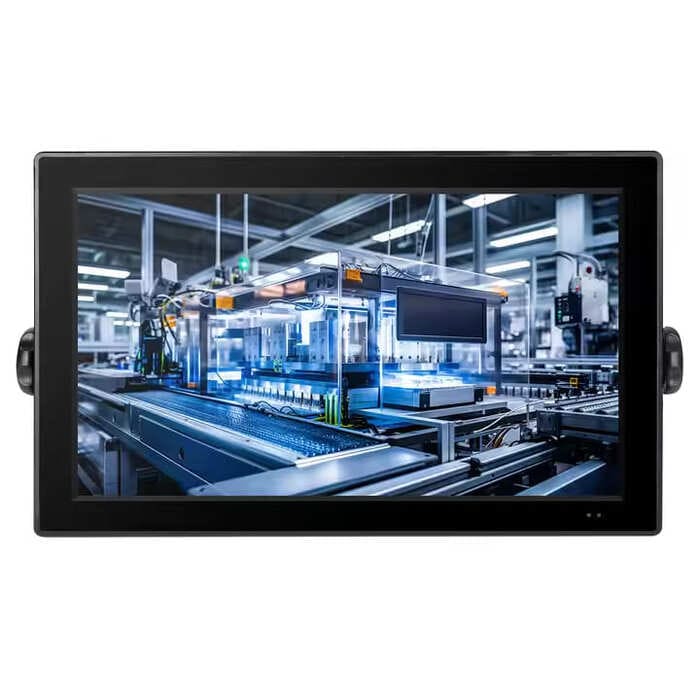The choice between an LED and LCD monitor depends on your needs, budget, and preferences.
1. Technology & Backlighting:
- LCD (Liquid Crystal Display):
- Uses CCFL (Cold Cathode Fluorescent Lamp) backlighting.
- Older technology, thicker panels, and less energy-efficient.
- Colors may appear less vibrant compared to LED.
- LED (Light Emitting Diode):
- A type of LCD but uses LED backlighting (more efficient).
- Thinner, brighter, and consumes less power.
- Better contrast and color accuracy (especially with IPS or OLED variants).
2. Picture Quality:
- LED wins in brightness, contrast, and color vibrancy.
- OLED (a type of LED) offers perfect blacks and infinite contrast (but is more expensive).
- LCD can look washed out in comparison, especially in dark scenes.
3. Energy Efficiency:
- LED is more energy-efficient (up to 30% less power than CCFL LCDs).
4. Lifespan:
- LED lasts longer (50,000–100,000 hours) vs. LCD (30,000–60,000 hours).
5. Price:
- LCD is cheaper, but most modern monitors are LED anyway.
- High-end LED (OLED, Mini-LED) is expensive but offers superior quality.
6. Best Use Cases:
- LED is better for gaming, movies, and design work (better colors, response time).
- LCD is fine for basic office use if you’re on a tight budget.
Verdict:
✅ LED is the clear winner in most cases—better brightness, efficiency, and image quality.
❌ LCD is outdated and only worth considering if you find a very cheap deal.
For Gamers & Creators:
- Choose LED with IPS/VA panel (better colors).
- For the best experience, OLED or Mini-LED (if budget allows).
For Office/Budget Use:
- A standard LED-backlit LCD monitor is sufficient.

